Sometimes I write funny columns, and sometimes I don’t. It all depends on my mood, and the subject matter. (Not to mention
what’s going in in the world at the moment.)
In the last big election cycle, for instance, the Presidential contest offered a bounty of humor-related-circumstances, thanks to Mitt Romney. That guy was a walking punchline, with a jaw bigger than El Capitan, and a man-of-the-people vibe right up there with John Kerry windsurfing in over-sized Oakleys.
(Oh, Mitt, we miss you so.) His opponent, one President Barack Obama, is harder to mock, mostly because I love the guy. He may have been raised in Hawaii and Indonesia, but the dude seems Chicago through and through.
This time around, we’ve got Donald J. Trump; he of the orange skin and genetically modified pompadour. Much smarter, funnier writers have harpooned him constantly, so I won’t really bother.
But man, does that guy come off like a clueless asshole. I couldn’t think less of him if he rode into a press conference on the back of a Mexican farmworker.
Until I went to Chicago last month, that is. Then, my opinion of him was forced up off the mat, if only slightly.
Why?
Because I had a moment, walking down a crooked street, late in the day, when the moist afternoon light was glimmering off his recently built skyscraper, the Trump Tower Chicago, that sits astride a wing of the Chicago river.
It simply took my breath away. Wow. What a beautiful building. Magnificent, even if most of the Chicagoans with whom I spoke told me he broke an unwritten local rule by plastering his name on the facade.
They seem to love it begrudgingly, the locals, as the structure blocks the view of a Mies Van Der Rohe classic, and was built by, well, The Donald.
Everyone also told me it was designed by Adrian Smith of Skidmore Owings and Merrill, and I now know the city is filled with architecture geeks. And why wouldn’t it be, given how remarkable the buildings are, up and down the city center?
Skyscraper after skyscraper mocks the idea of gravity, blending art and commerce more perfectly than a Chicago deep dish pizza sauce. (That was my one culinary goal for the trip: to eat some badass deep dish pizza. Never happened. The schedule was simply too packed. C’est la vie.)
Now, I’m not here to praise The Donald, but rather to use him as an introduction to my first article in a series about the Filter Photo Festival in the last week of September.
And? How was it?
Pretty fabulous, I must say. I went to Chicago knowing next-to-no one. Posse-less, you might say.
Which left me free to meet people, and hang out with the coolest folks I could find. It just so happened that I connected with the staff that runs the festival, so I got something of a locals-eye-view of the proceedings, and am better for it. (Big shout out to Erin, Sarah, Lauren, Pepper, Chris, Doug and Jeff.)
New Yorkers are famous for being neurotic and busy. Los Angelinos for being full of shit. (No offense.) Taoseños are crazy, and San Franciscans are more progressive than Edward Snowden.
But Chicagoans? Mostly, they’re known for being nice, friendly, down-to-Earth, humble Midwesterners. That’s what I’d heard, anyway.
And I can now properly report that it’s true. At least, that’s what I found in 5+ days, running around for nearly 20 hours a day. It’s enough time, and I chatted with enough people, that I’m prepared to state it here, with the kind of brash over-confidence that the New York-reared Donald would approve of.
(When I’m elected President, I promise that all Americans will suddenly become fabulously wealthy, and Vladimir Putin will step down in fear of me. ISIS will admit they’re just frustrated they can’t get laid without resorting to sexual slavery, so after we give them all a big trip to Vegas, on me, that Syrian War will be over in 2 seconds. You have my word on it!)
Where were we?
Right. Chicago rocks. It’s a clean mega-city with incredible architecture, a beautiful beach-fronted lake, terrific food, lovely people, and all the culture one could consume.
I didn’t get out as much as I would have liked, as I reviewed between 50-60 portfolios over four days, and delivered the 21st Century Hustle lecture on the final day of the festival.
Throw in a brilliant, late-night karaoke session in a Downtown Japanese sake bar, and by the time I left on Monday morning, my voice had disappeared entirely. No exaggeration. I went to thank the check out clerk at 6am, and nothing came out but the kind of squeaks you hear when you accidentally call a fax machine. (Do they still have fax machines these days?)
As usual, I’ll be showing you a bunch of portfolios in the coming weeks. I saw a lot of accomplished work, and plenty that was not, as the review was not juried.
These days, if I think work is resolved and interesting, I’ll show it to you, even if it’s not exactly to my preferred taste. (Which I’ve discussed in several recent book reviews.)
The verdict on the festival is that it’s pretty amazing, and I’d heartily recommend you give it a try next September, if you’re looking to attend a review. The Filter staff work hard, keep it real, and make sure everyone has a great time.
For that, they have my gratitude. As for the portfolios, we’ll commence now. As is the norm, they are not in any particular order, and I won’t inundate you with too much work in any one article. A series it shall be.
We’ll start with Anja Bruehling, a German artist based in Chicago. Anja showed me work she made on a visit to a rural brick factory in India. We discussed the difficulty of doing what amounts to parachute documentary photography, and I recommended that she dig a little deeper, if she wanted her work to stand out. I thought these particular images were worth showing.
I recognized Stan Raucher’s name, though we’d never met. (Facebook friend, apparently.) Stan showed me pictures from his forthcoming Daylight book, in which he photographed in Metros across the world. We talked about whether one ought to wait for a book, as Dewi Lewis suggested in our interview, or grab the first opportunity that comes along. Tough call. But Stan is very excited about his book, which is due out in Spring 2016.
Garrett Hansen was one of the few photographers I’d met who was classically trained, as he got an MFA in the excellent program at Indiana University. He showed me two conceptual projects that investigate gun violence in a genuinely innovative way, and I expect his work will do very well. These images are bullet holes from a gun range that have light exposed through them, and are then enlarged and printed. They’re visceral and smart, without being obvious.
Suzanne Garr was another artist, like Anja, who was visiting the far side of the world to make work. She photographs in an orphanage in Uganda, where she volunteers, and has been there multiple times. We spoke at length about the difference between sweet, mushy images, and pictures that demonstrate a visual tension. We sifted through her photos together, and agreed these were the pictures with the most bite.
Now, we’re going to have dueling creepy doll projects. The first series is by Chicago photographer Jessica Tampas, who originally showed me a project in which she’d taught herself the wet plate collodion process. Very impressive to have done so, but the pictures were not yet resolved.
These creepy doll pictures, however, were right on the money. Jessica collected vintage dolls, mostly from Europe, and I think the typology-style works very well here. Dolls are a well-worn subject matter, of course, but I’m always interested to see artists bring a fresh energy into the mix.
Susan Keiser comes to photography from a painting background, and I think her use of color reflects that. She also showed me a doll-based series, but her issue was that some of the pictures were not disturbing enough. I warned her that such images can veer towards “sentimental abstraction,” but this particular group has a tension that balances well with her remarkable color palette.
Believe it or not, Nelson Armour was one of two artists working with their own excrement. (The other will pop up in the next issue of Photographers Quarterly.) Nelson is working on a project that examines the pollution in Lake Michigan, and he’s experimenting with collaged images. Some were really cheesy, I felt, and others were nuanced and smart. The range was striking, but I think these four images are dynamite.
OK, that’s all for today. Sorry about the Cubs, Chicago folks, but as I grew up a Mets fan before I got bored of baseball, I was actually happy with the result. (Don’t hate me.)

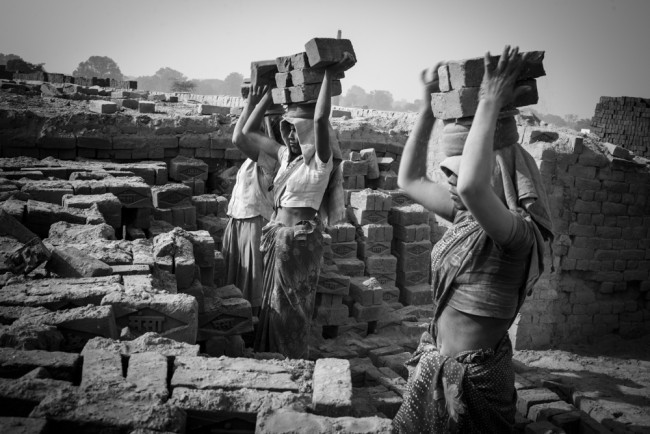
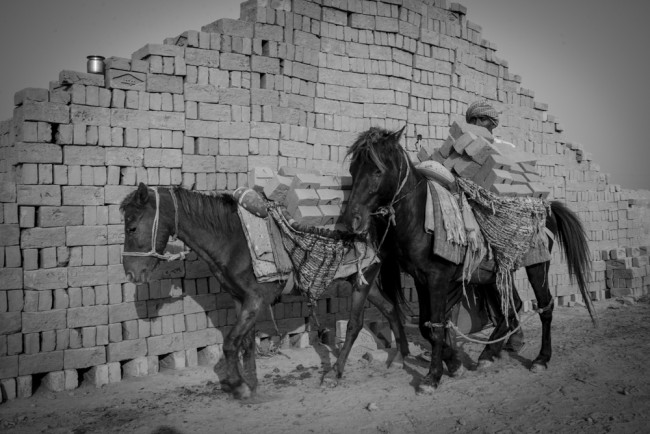
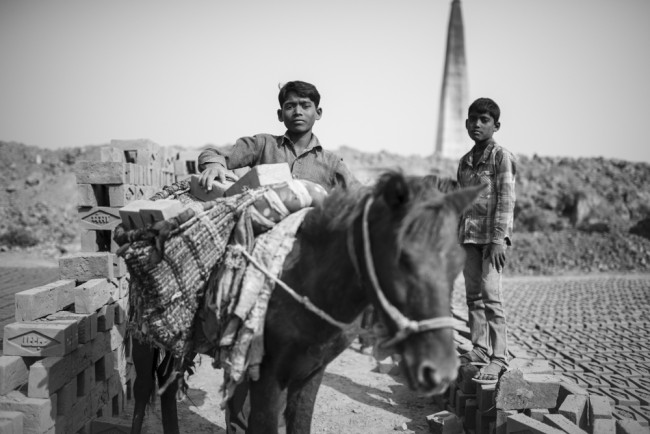

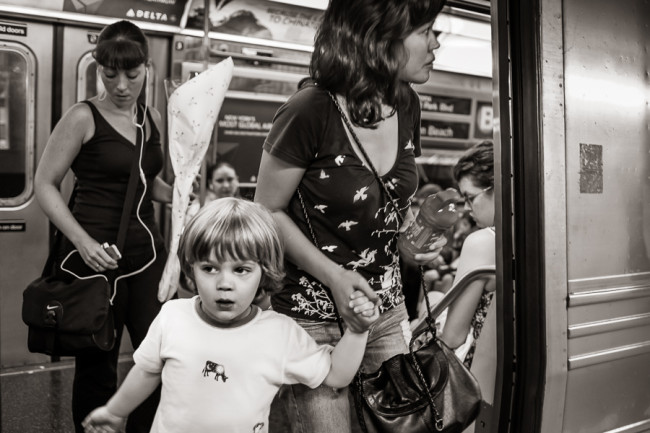

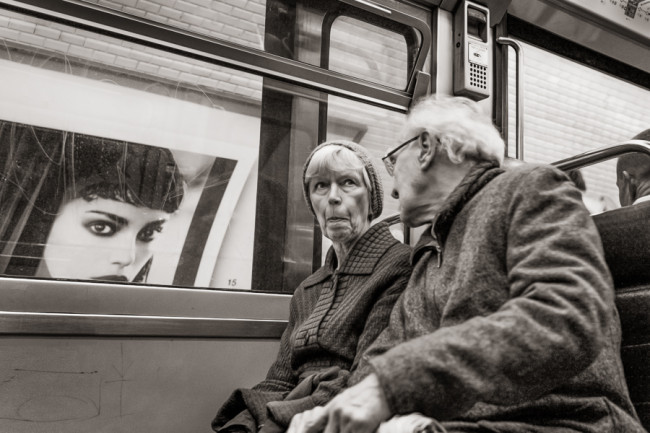
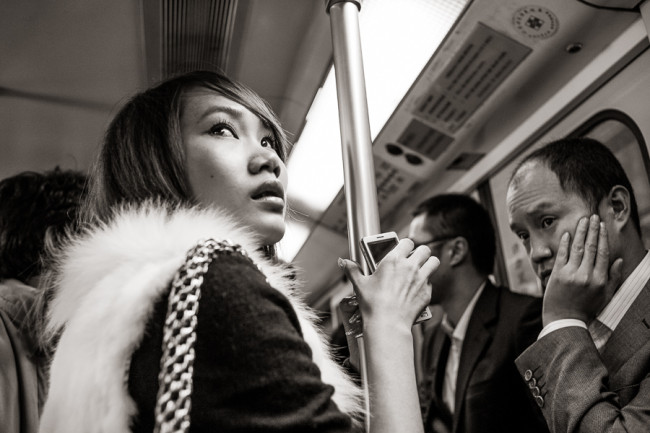
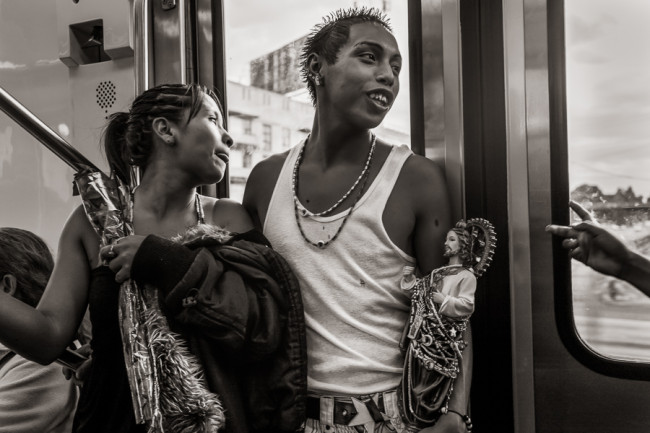
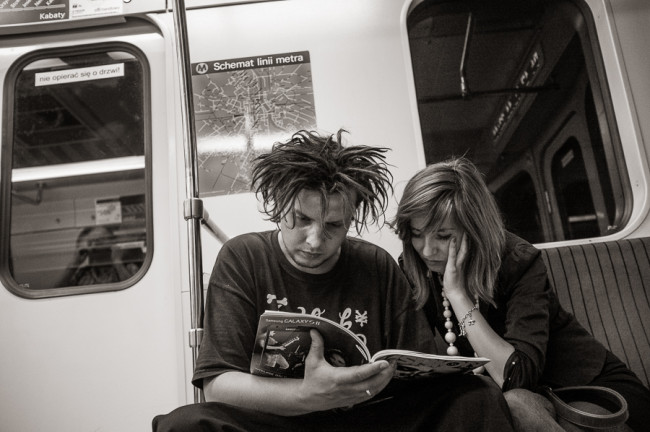
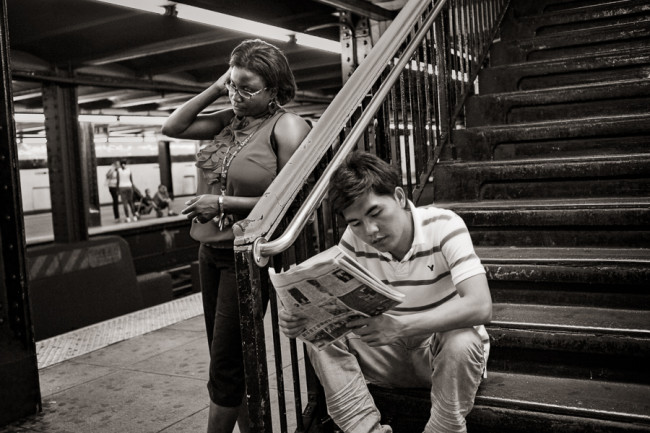
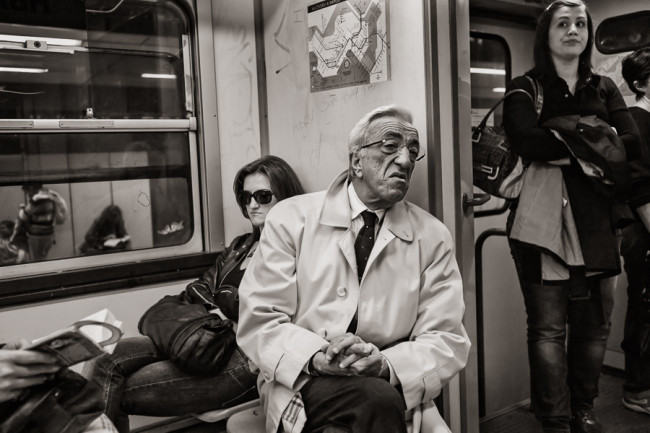
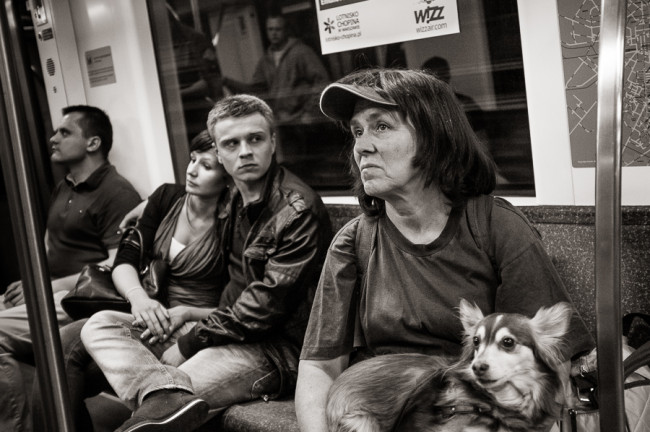


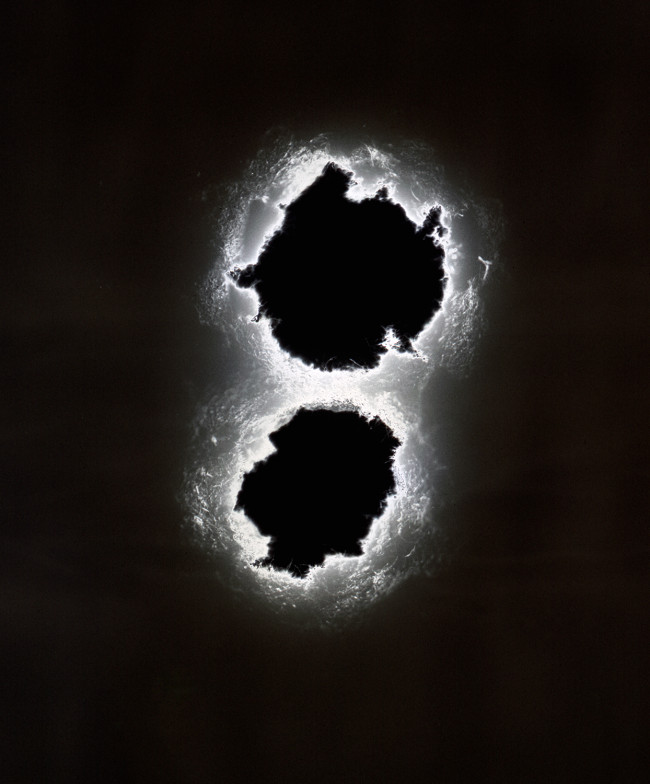

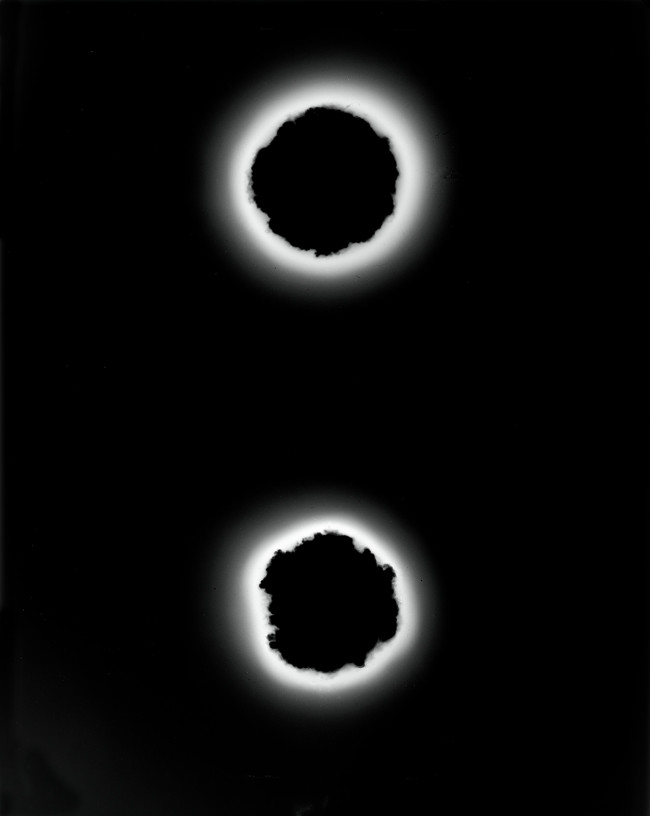
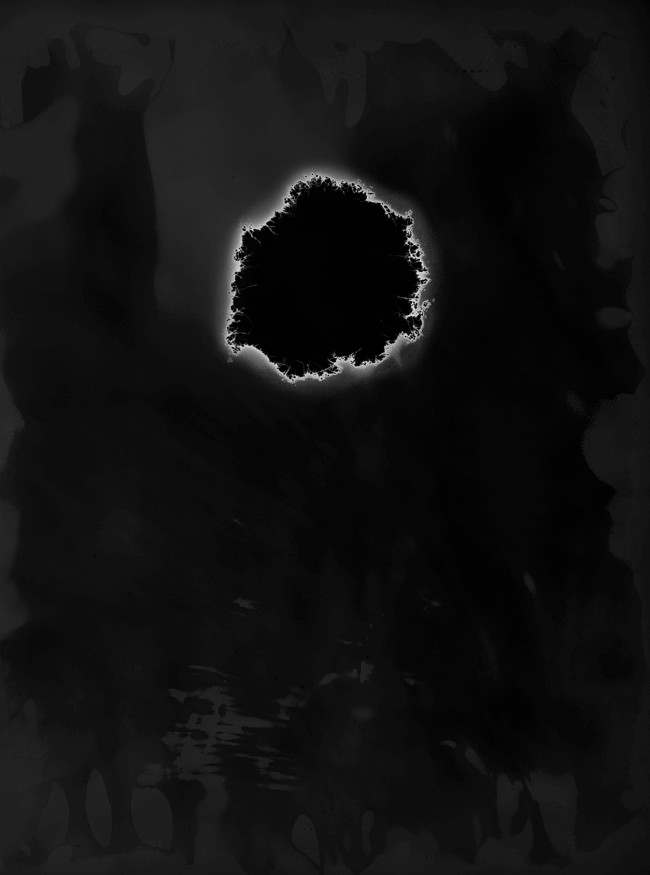
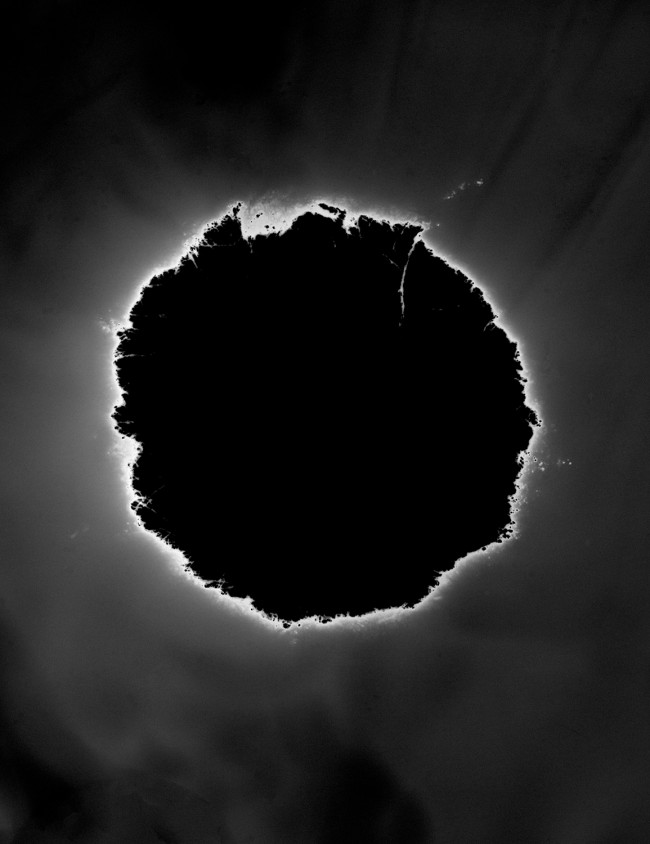
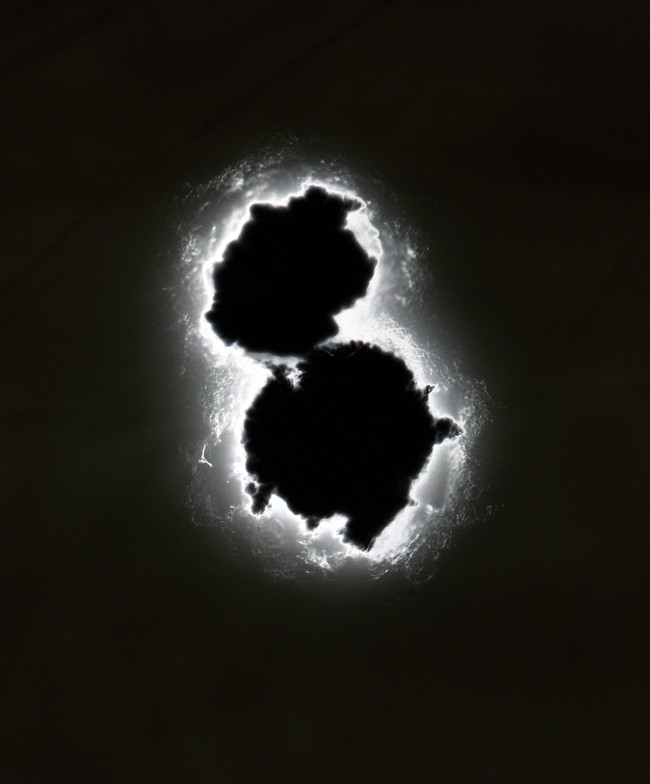
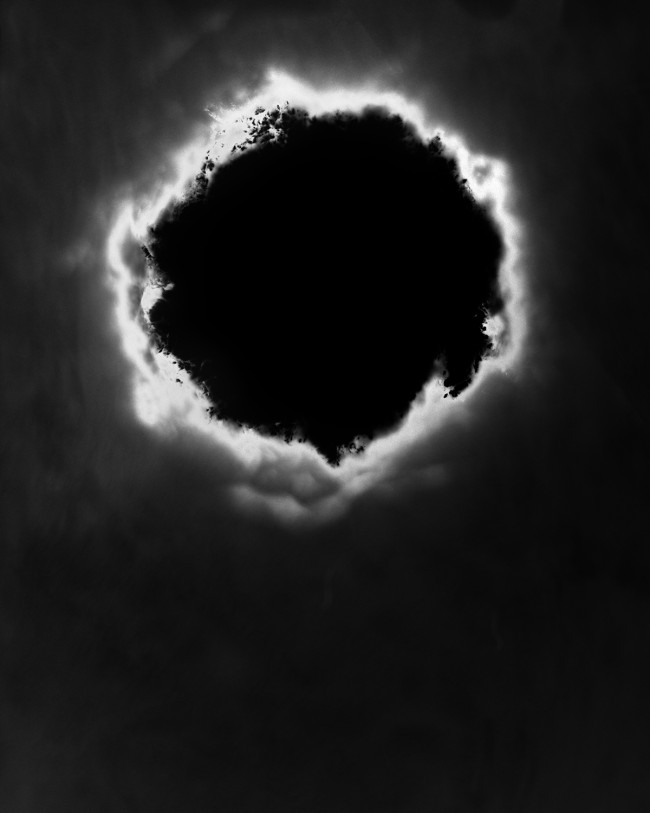

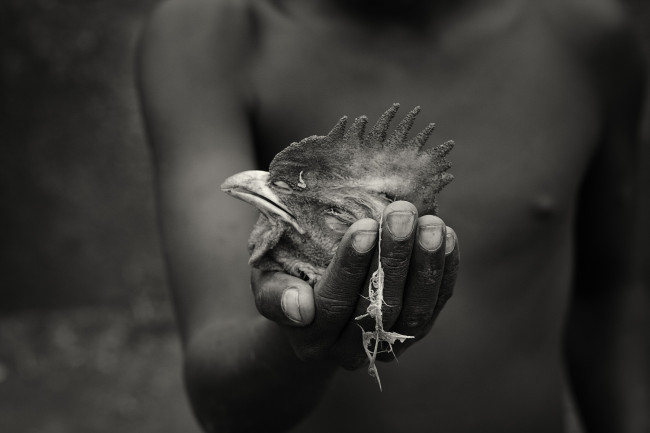
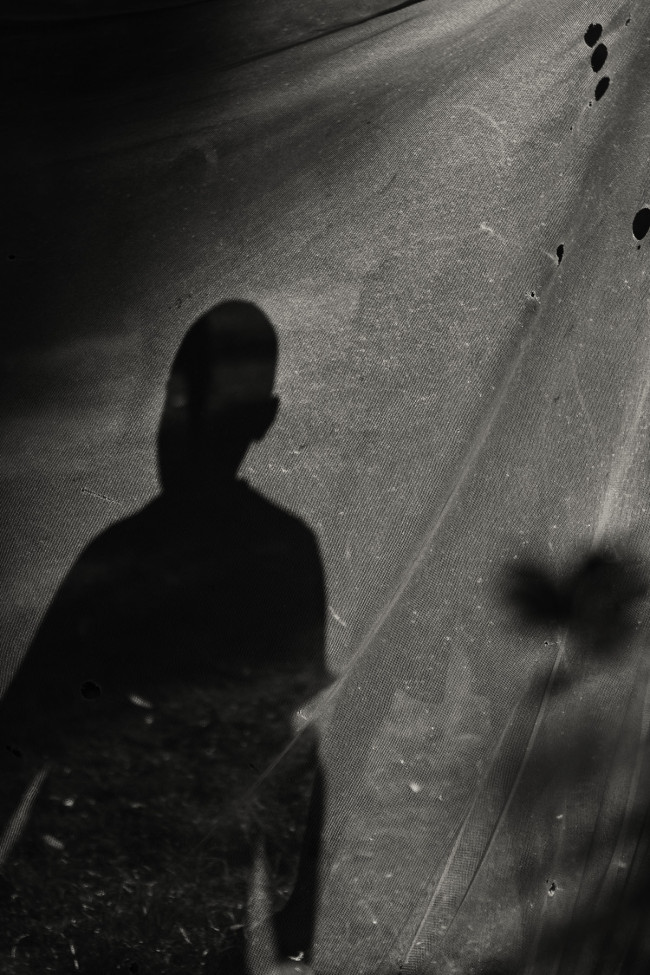
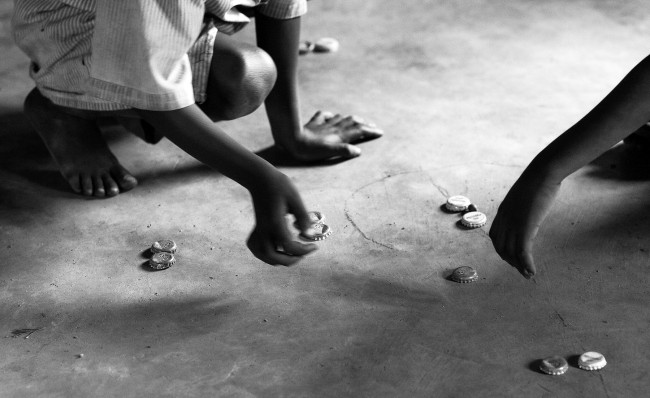





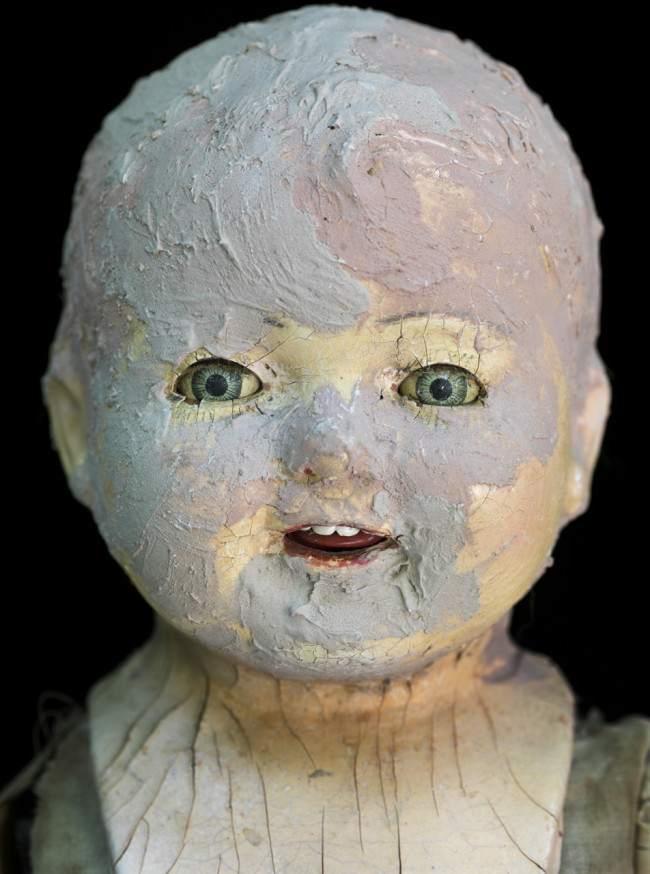
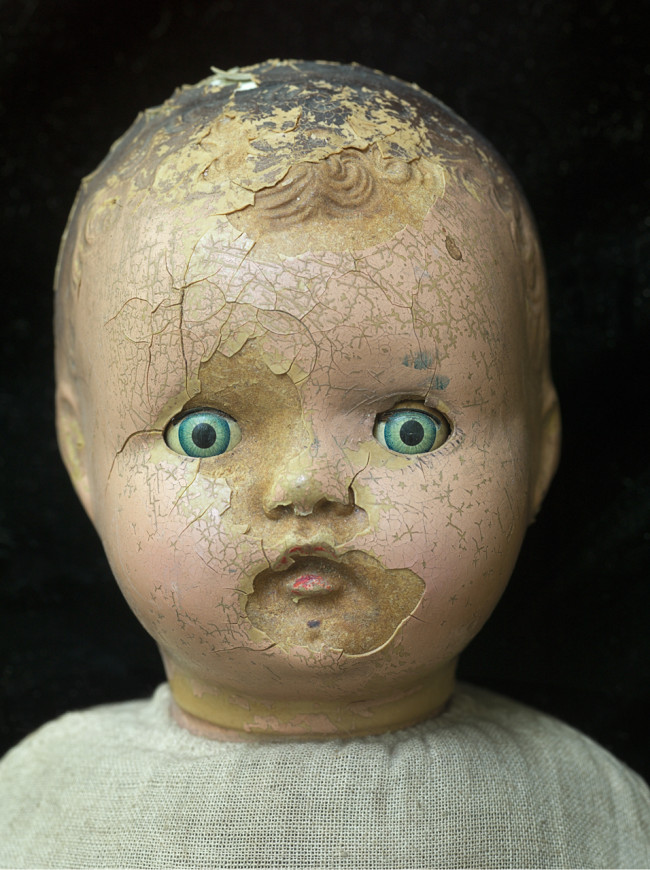


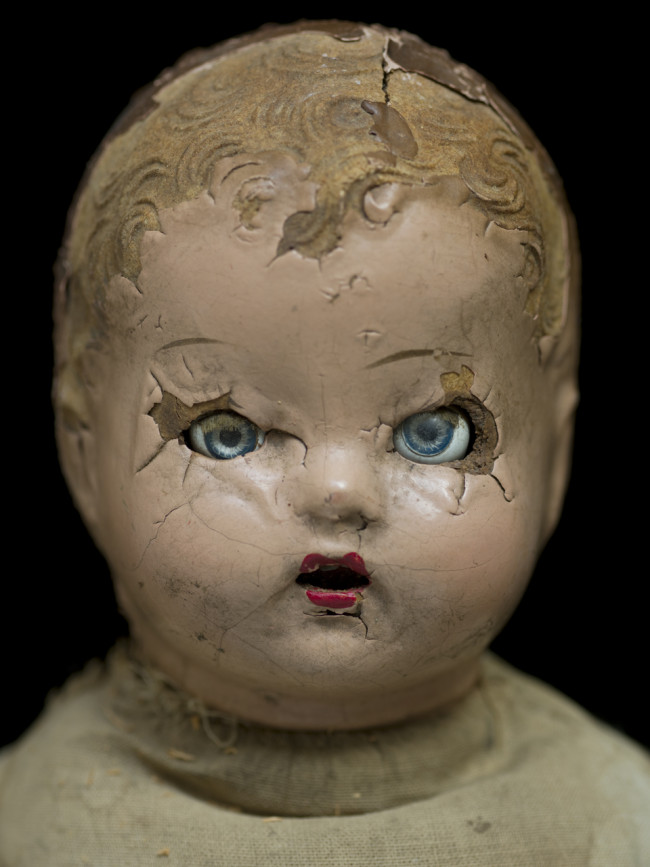
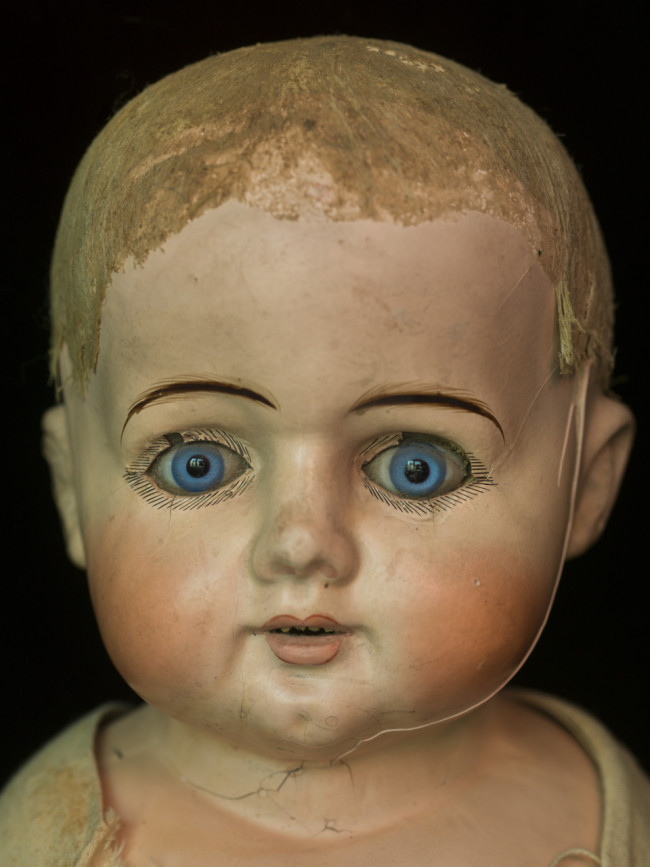
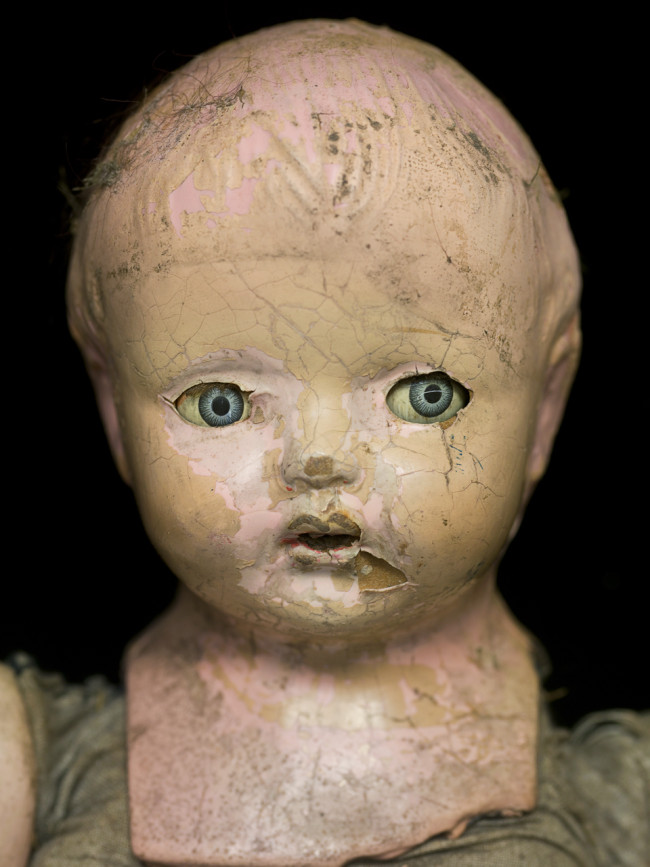
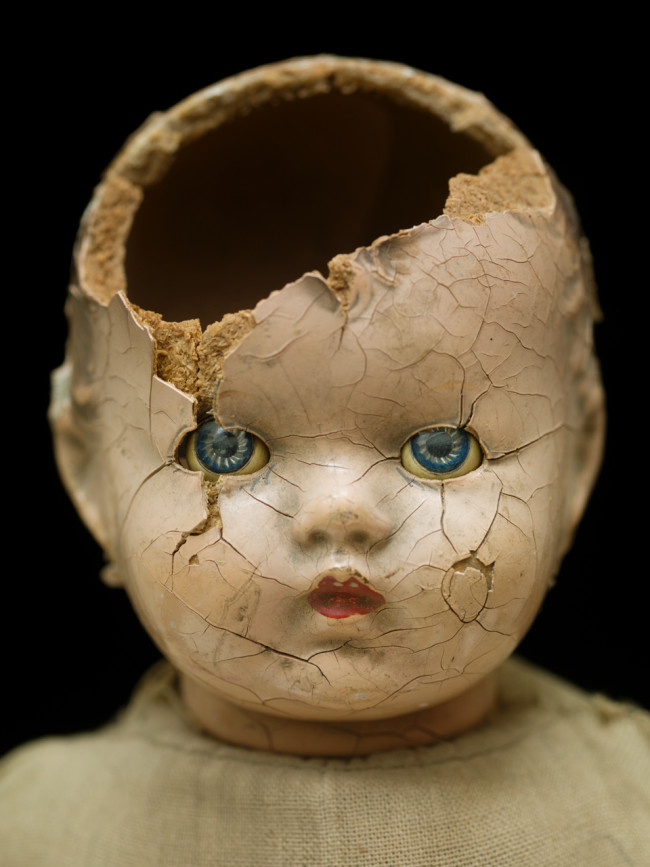
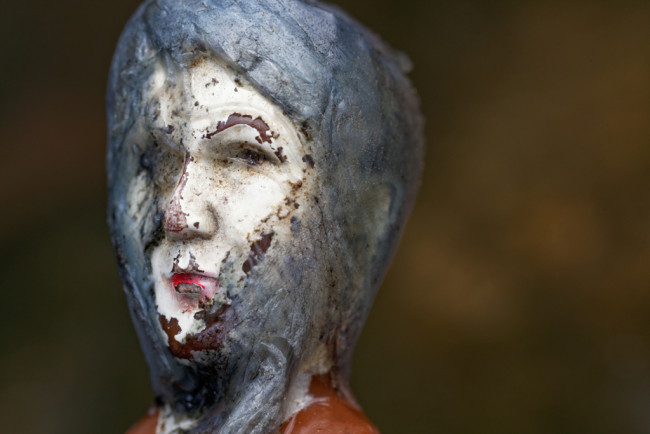
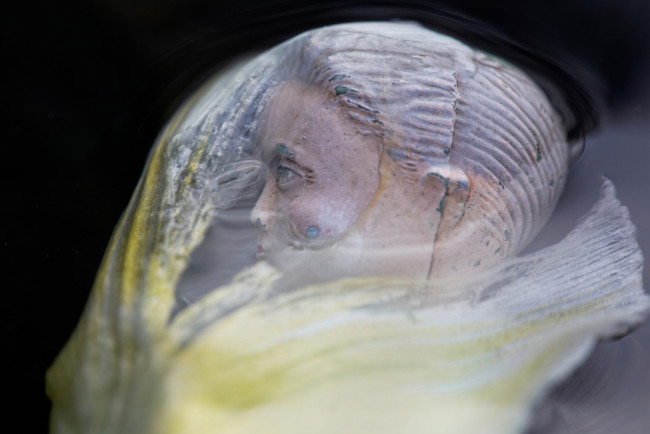
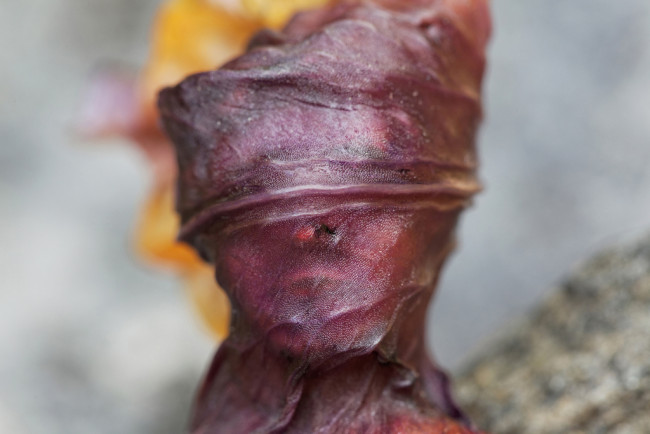
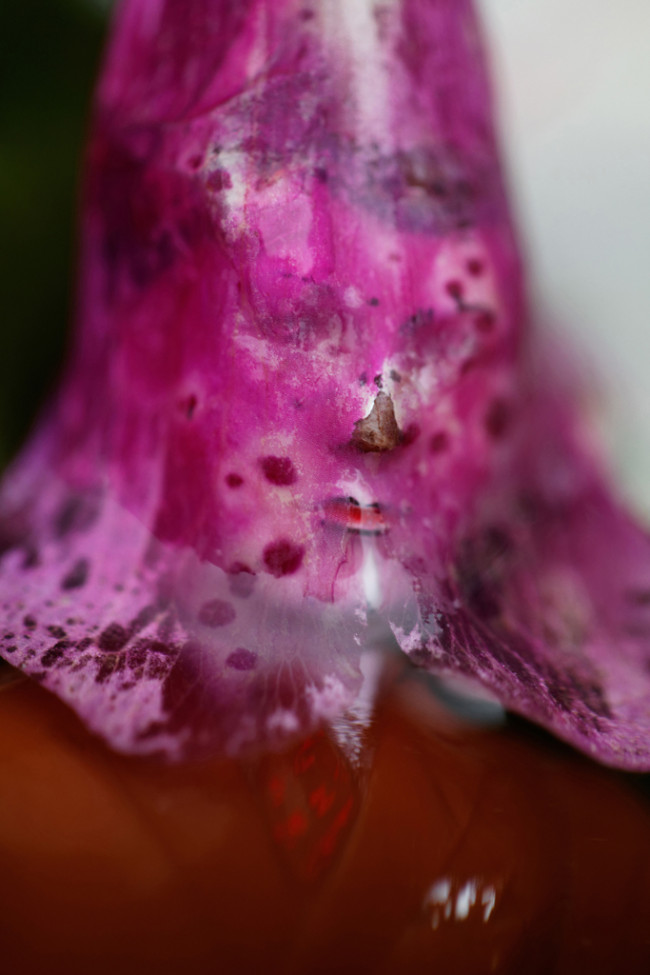
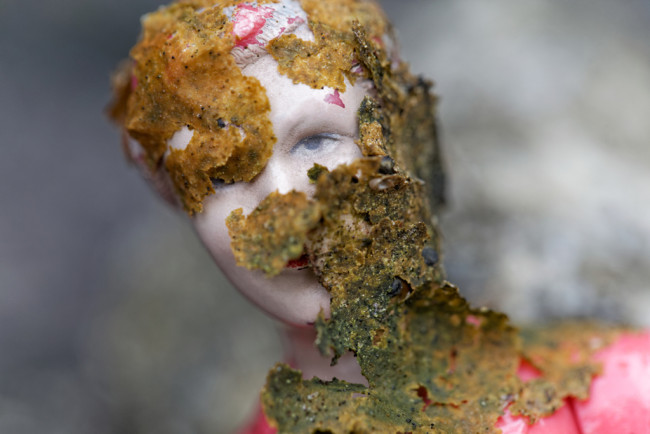
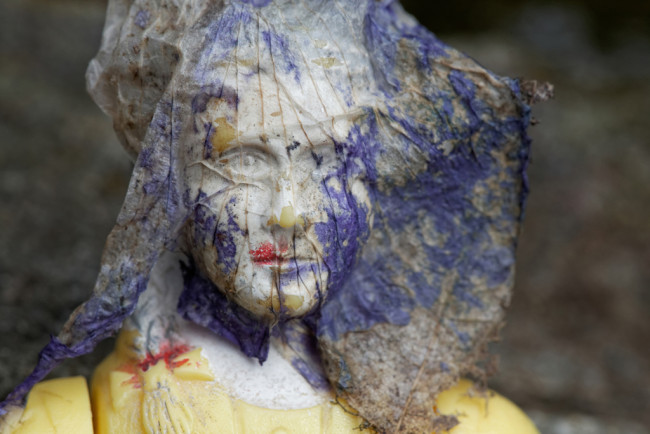

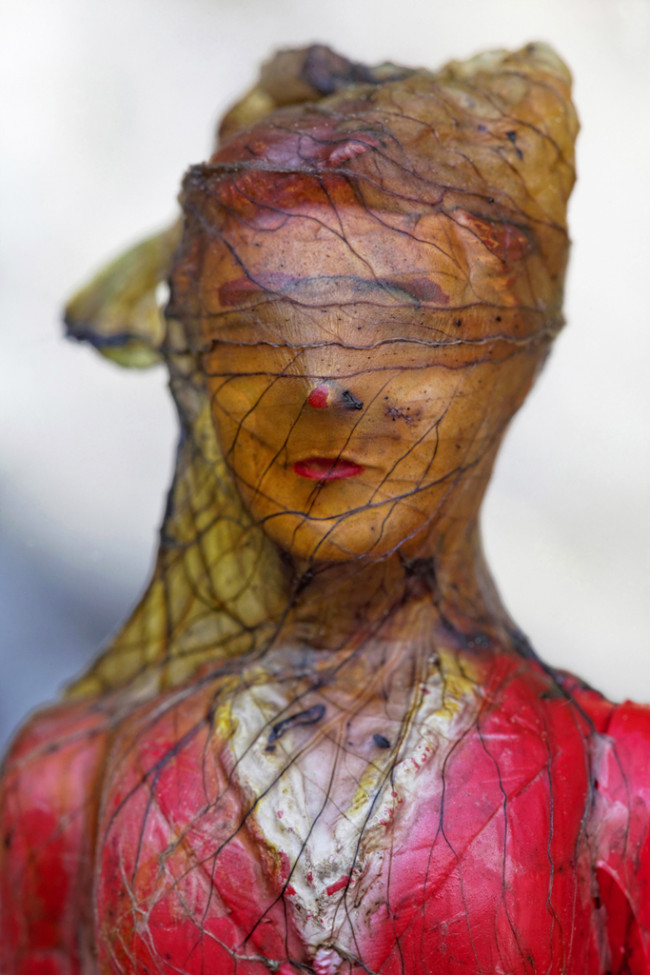

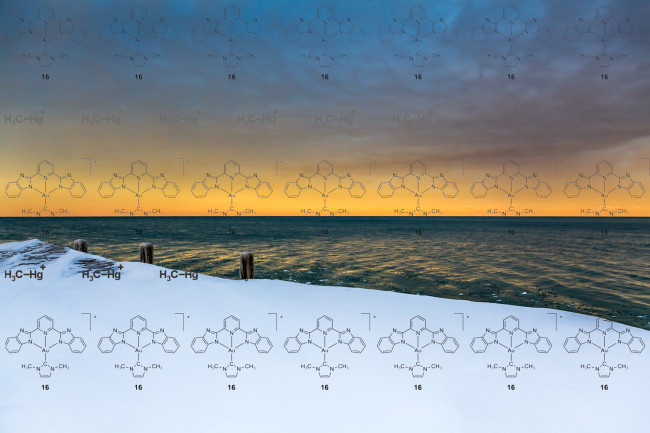
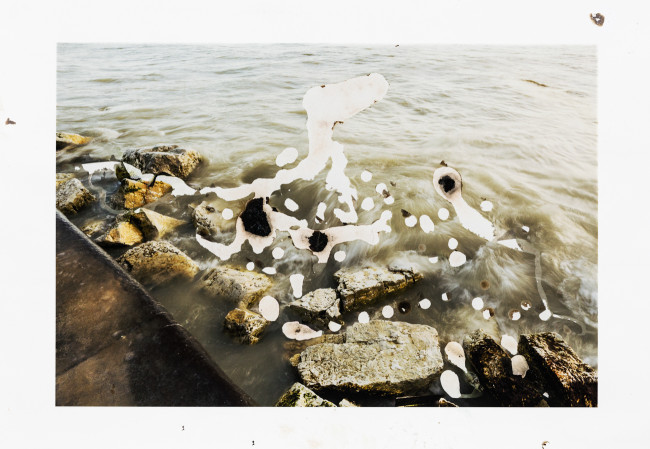
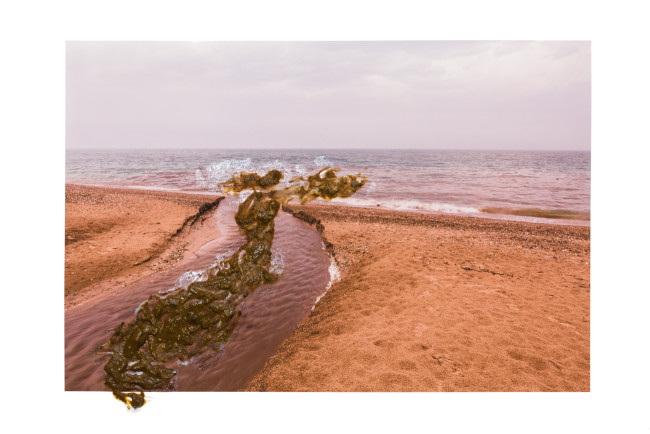


2 Comments
Thanks for the post. I love seeing great work. Especially when I’m not the one going through 60 portfolios to find it.
Glad you liked our city! It is special, though it slips under the radar for some reason.
Interesting images in the post!
Comments are closed for this article!